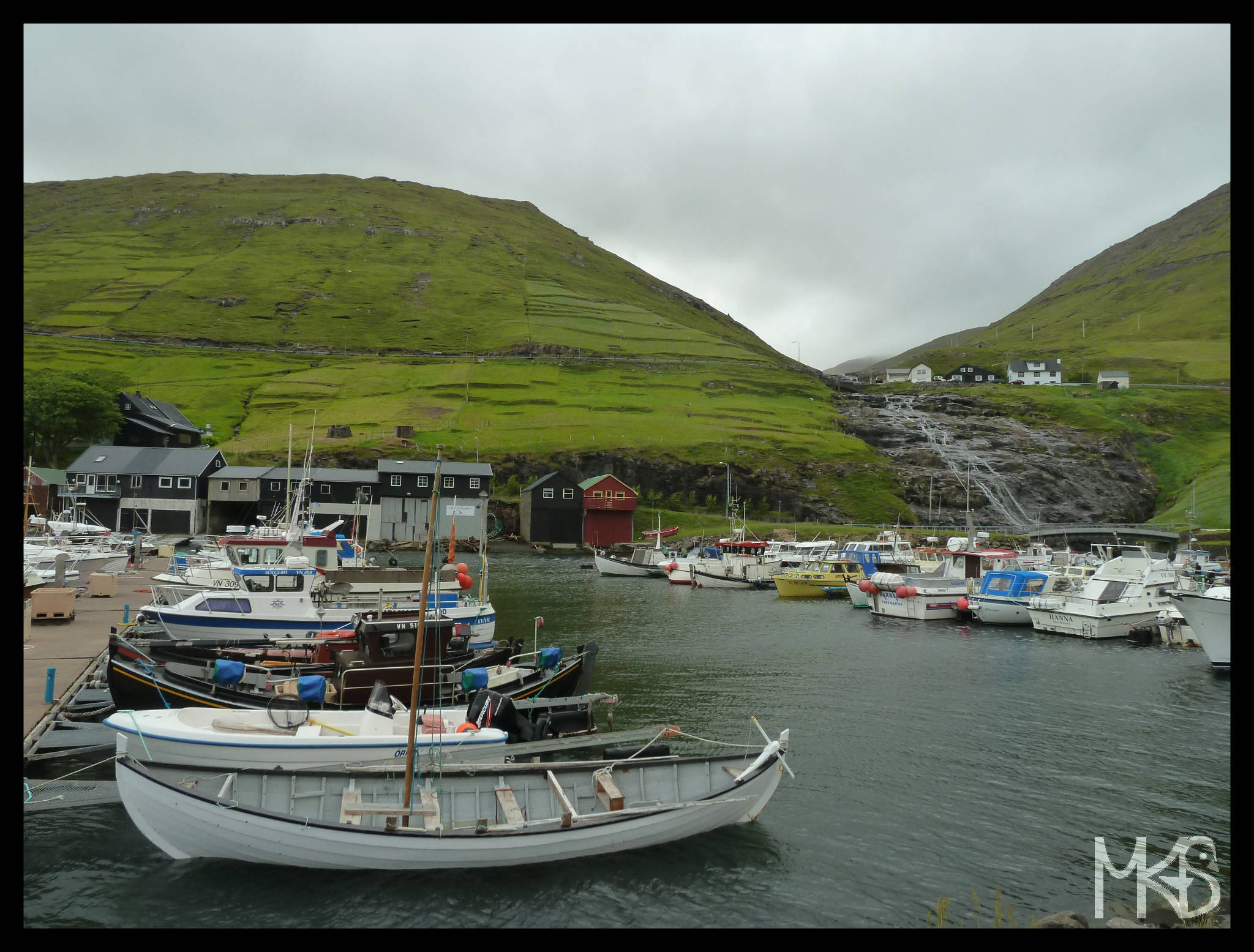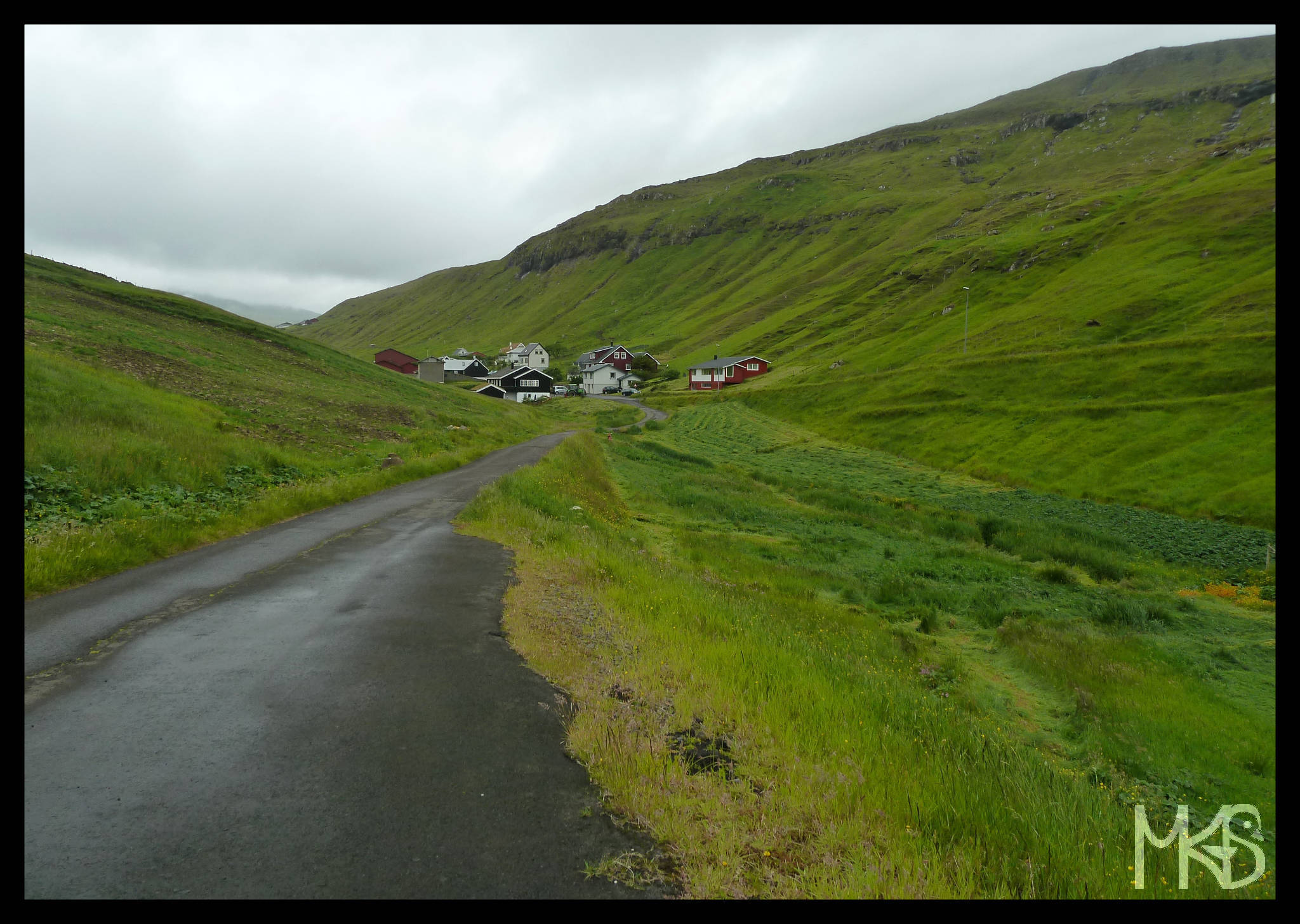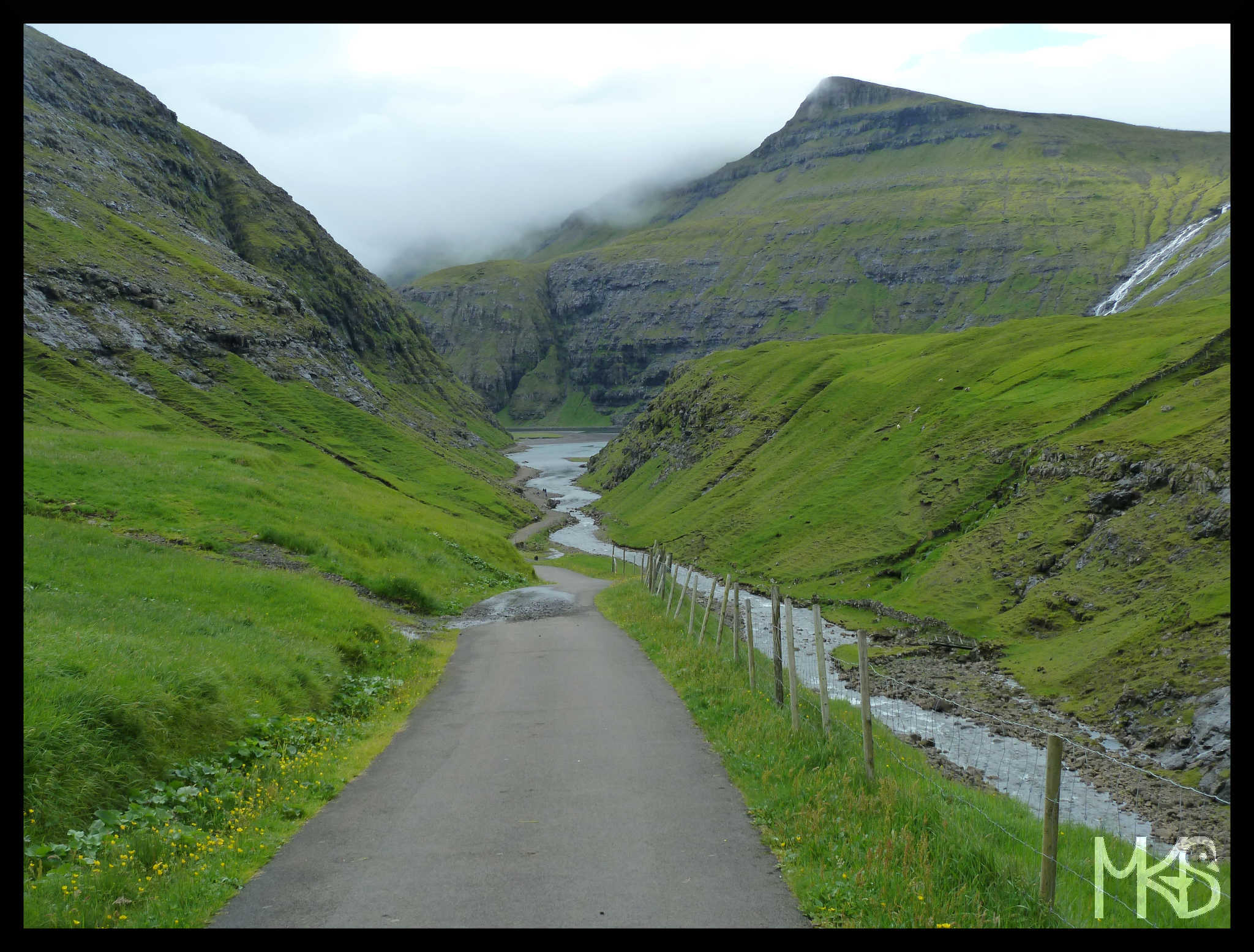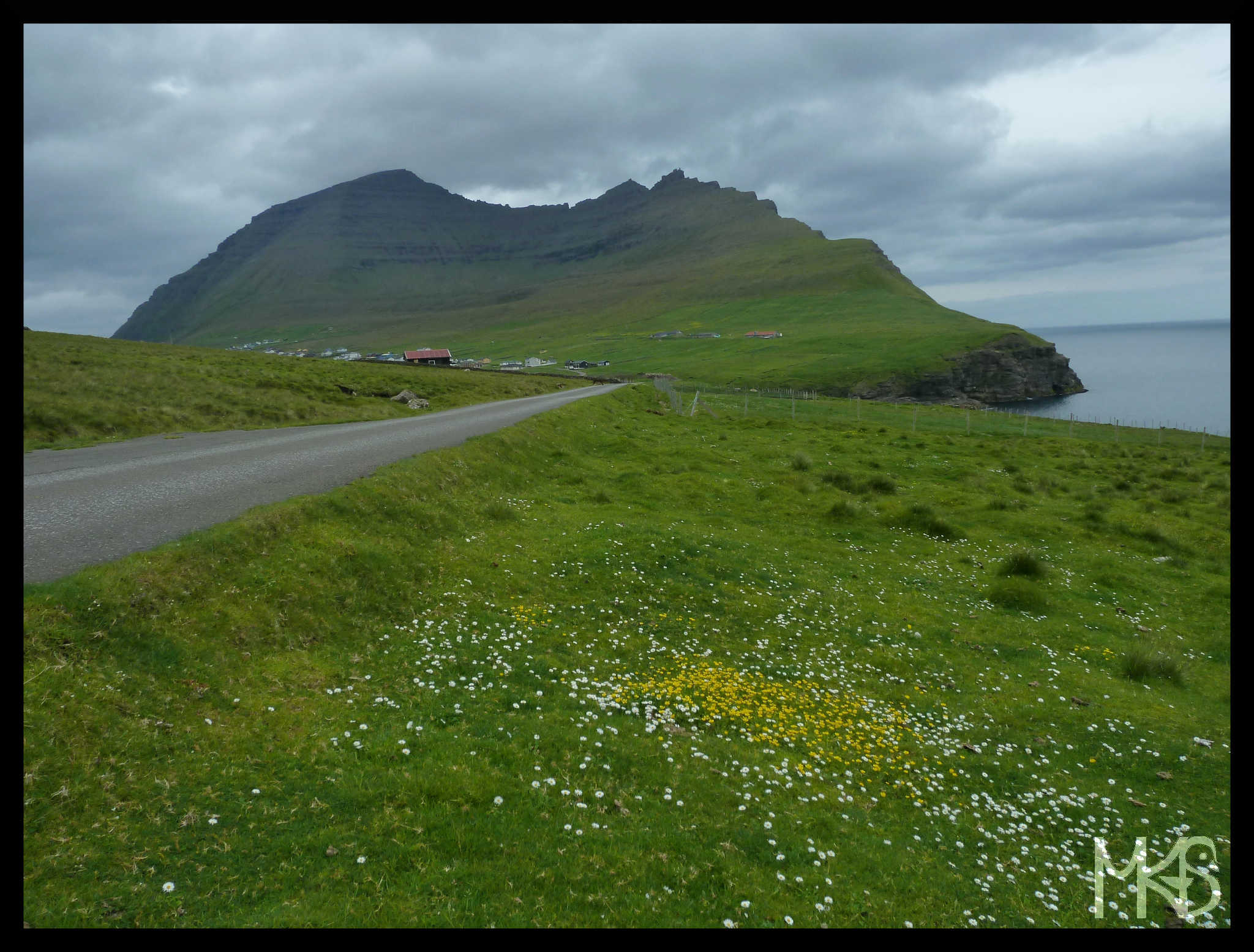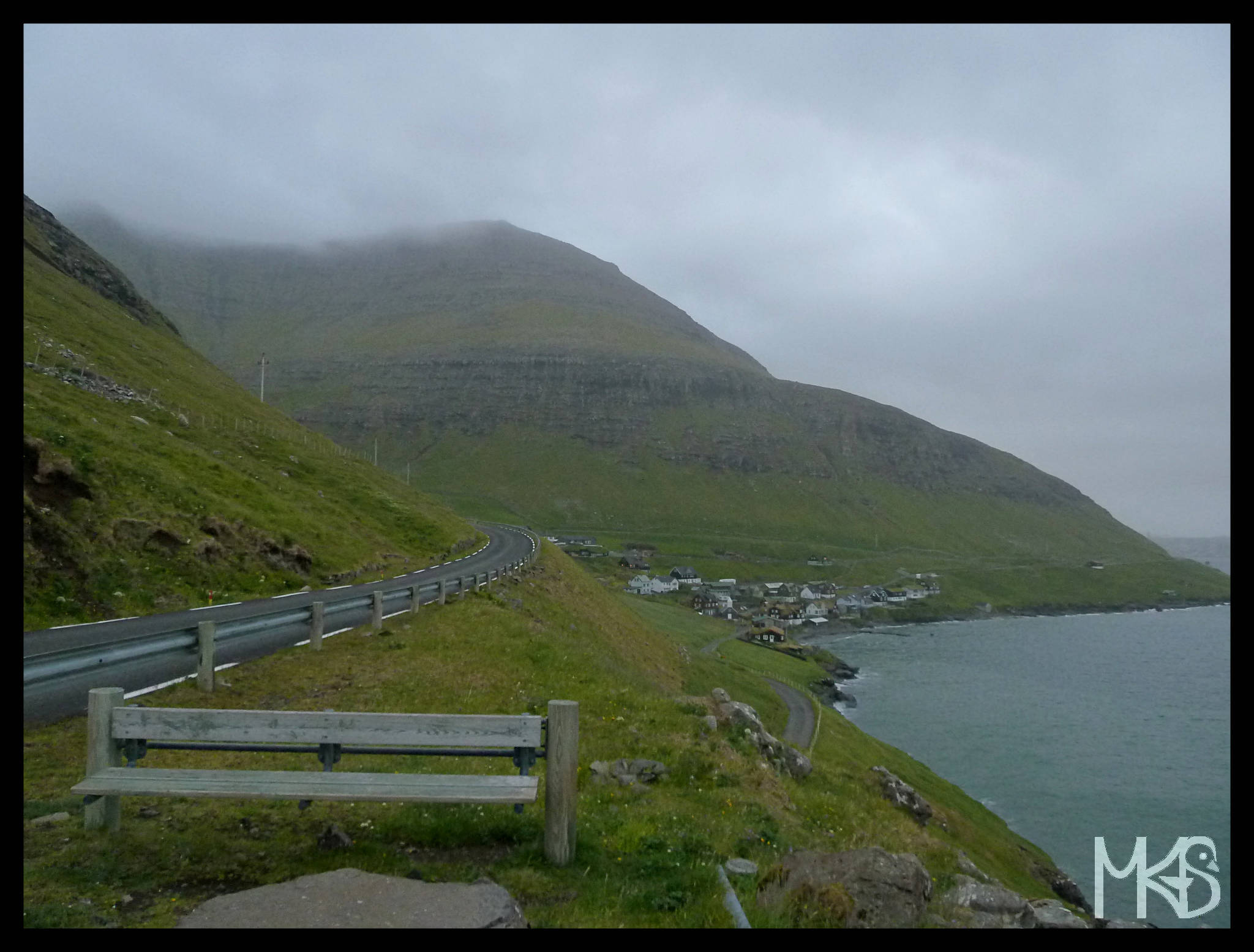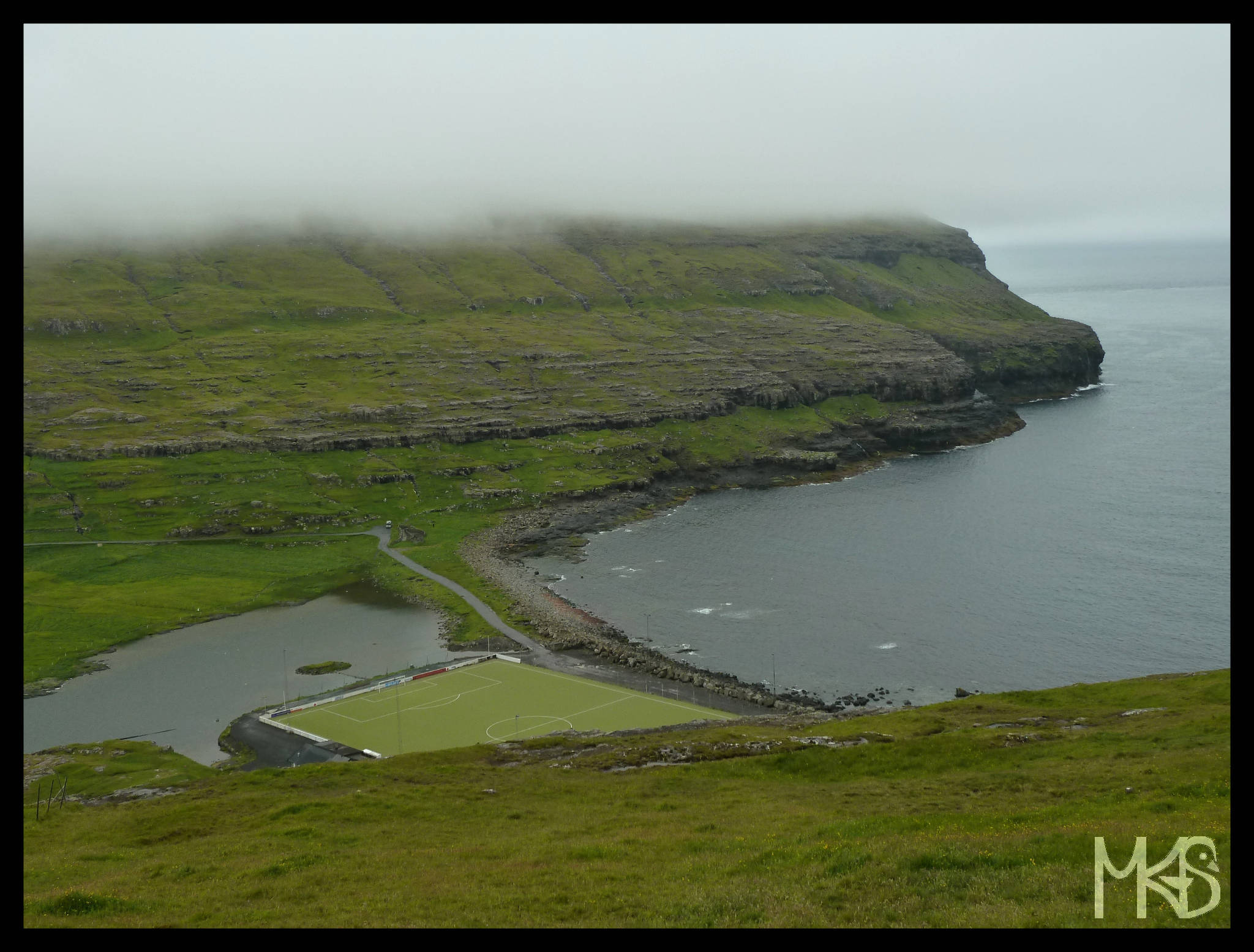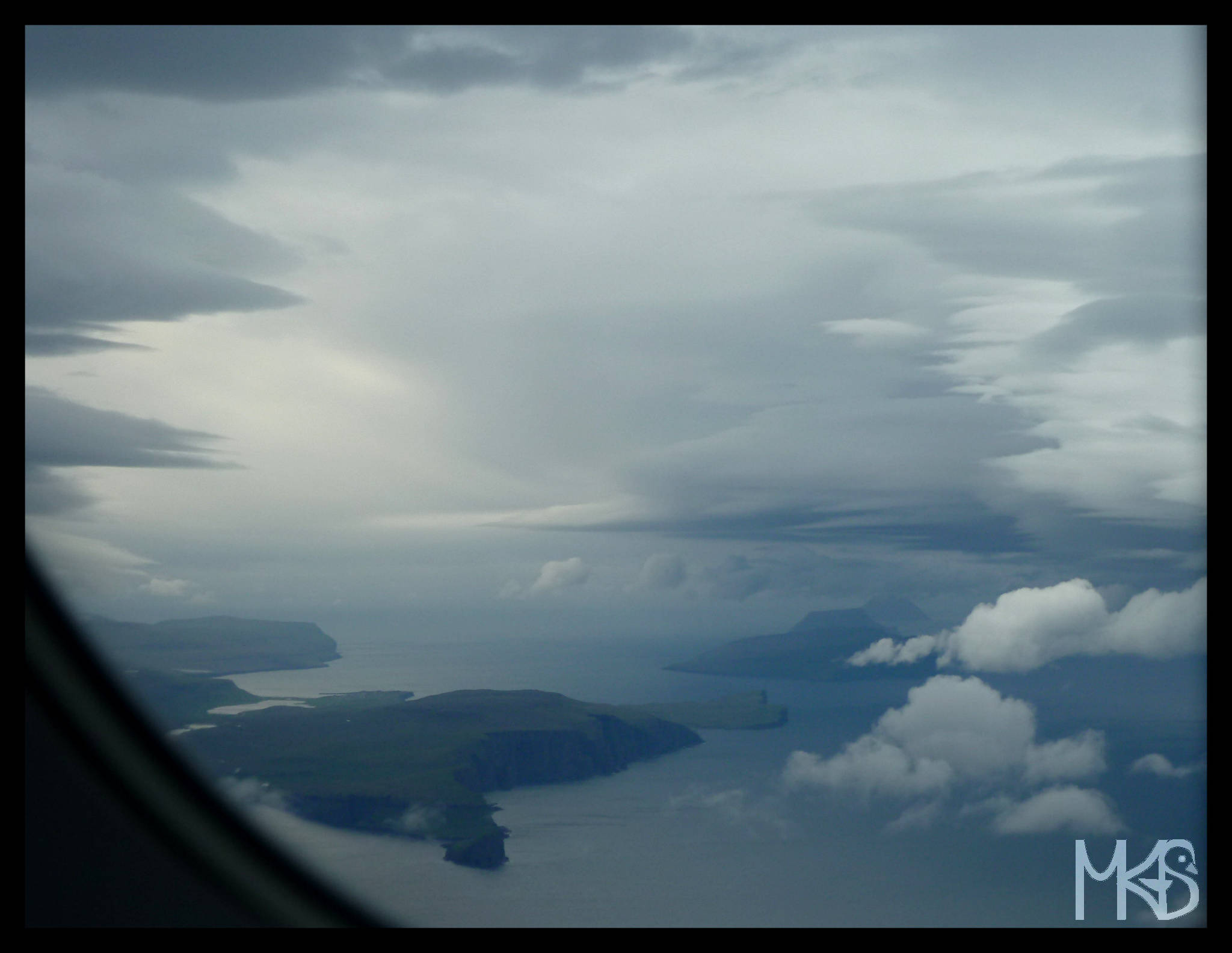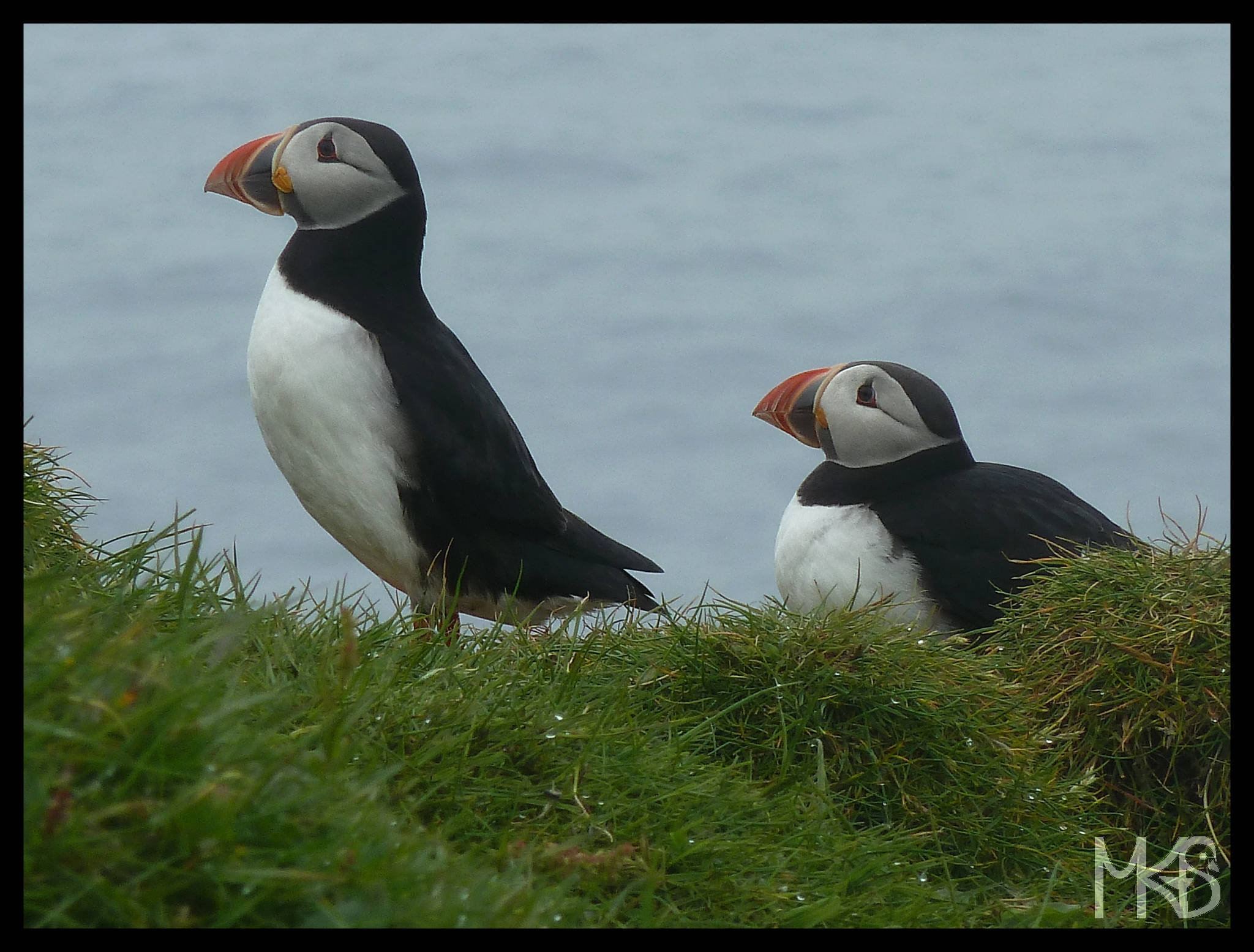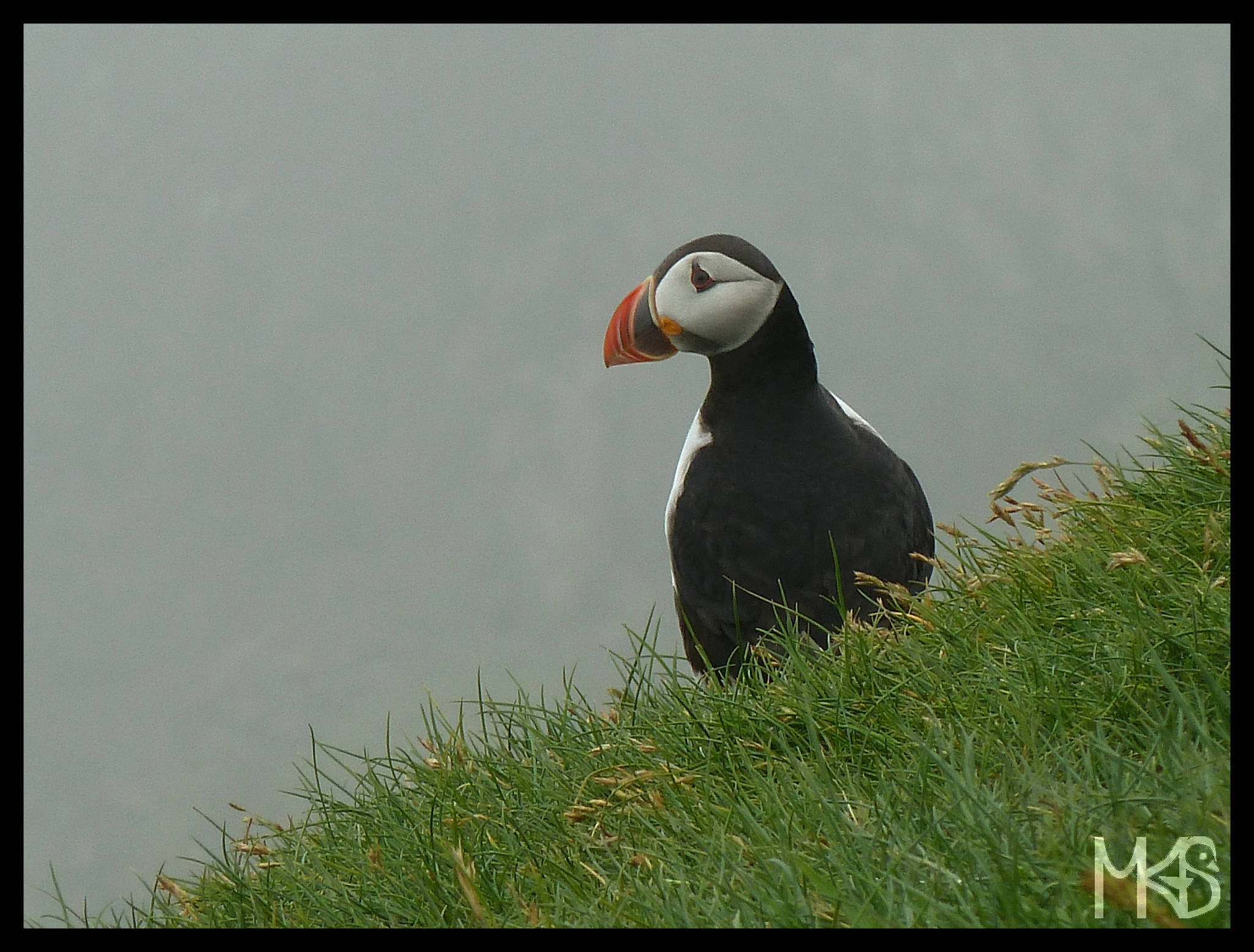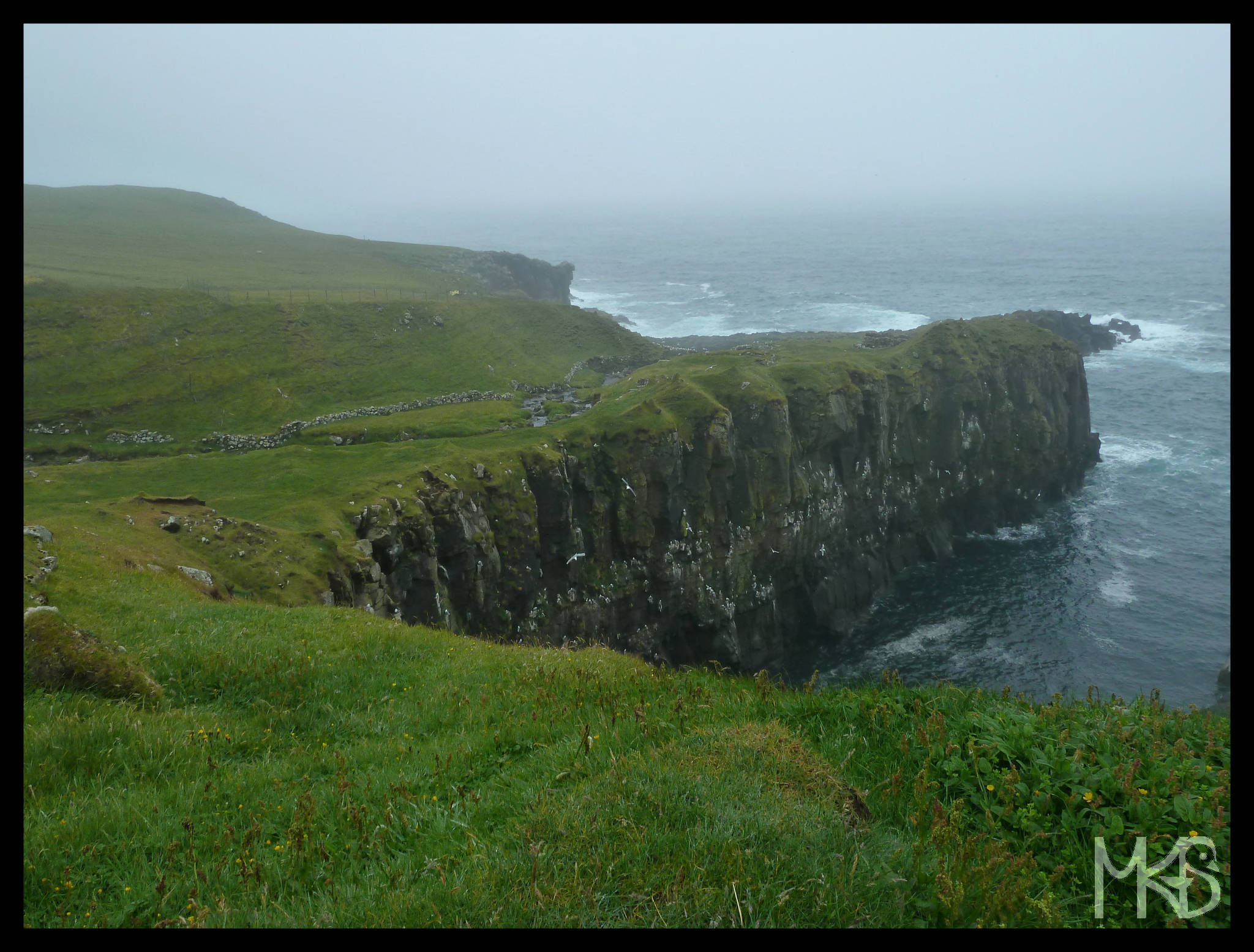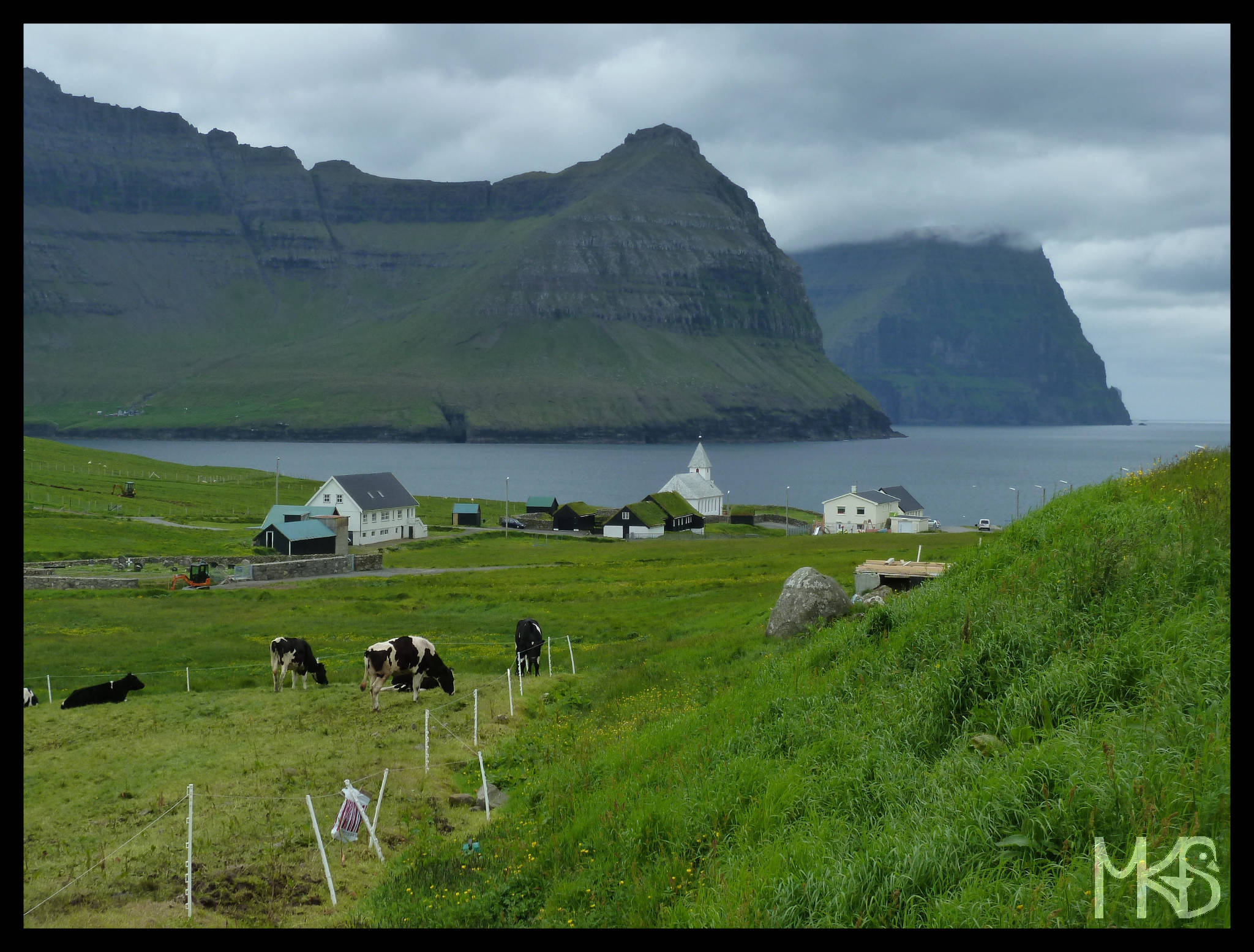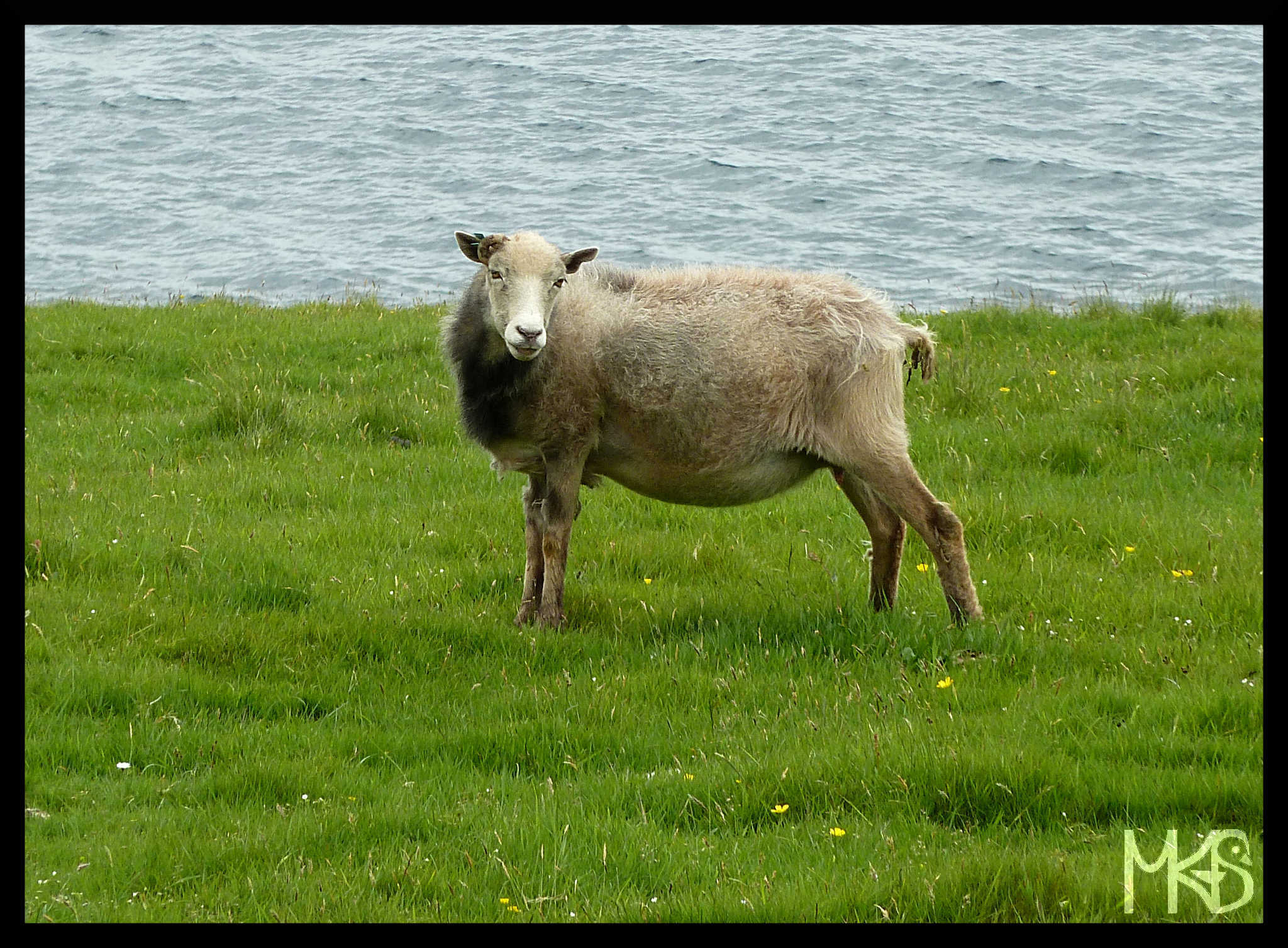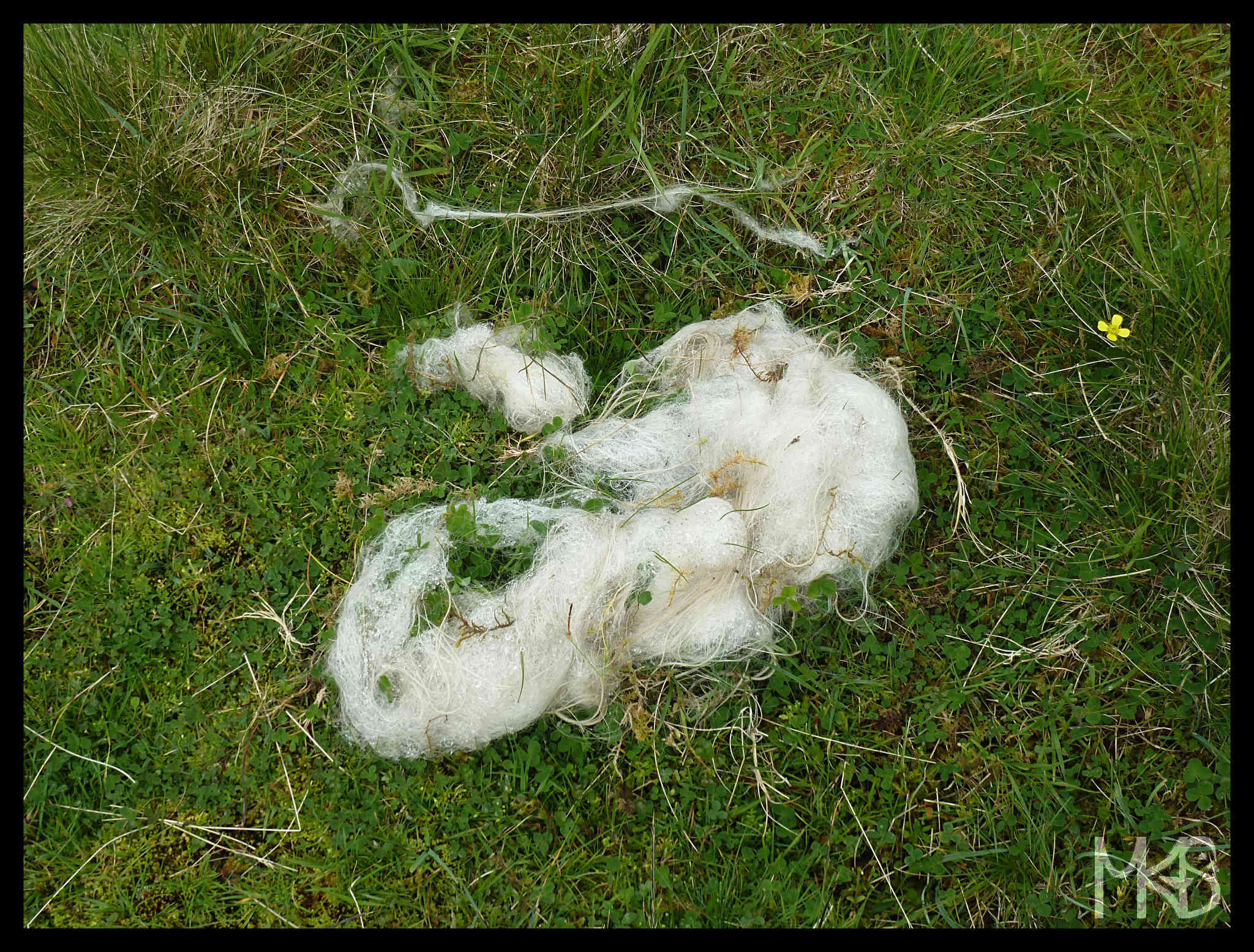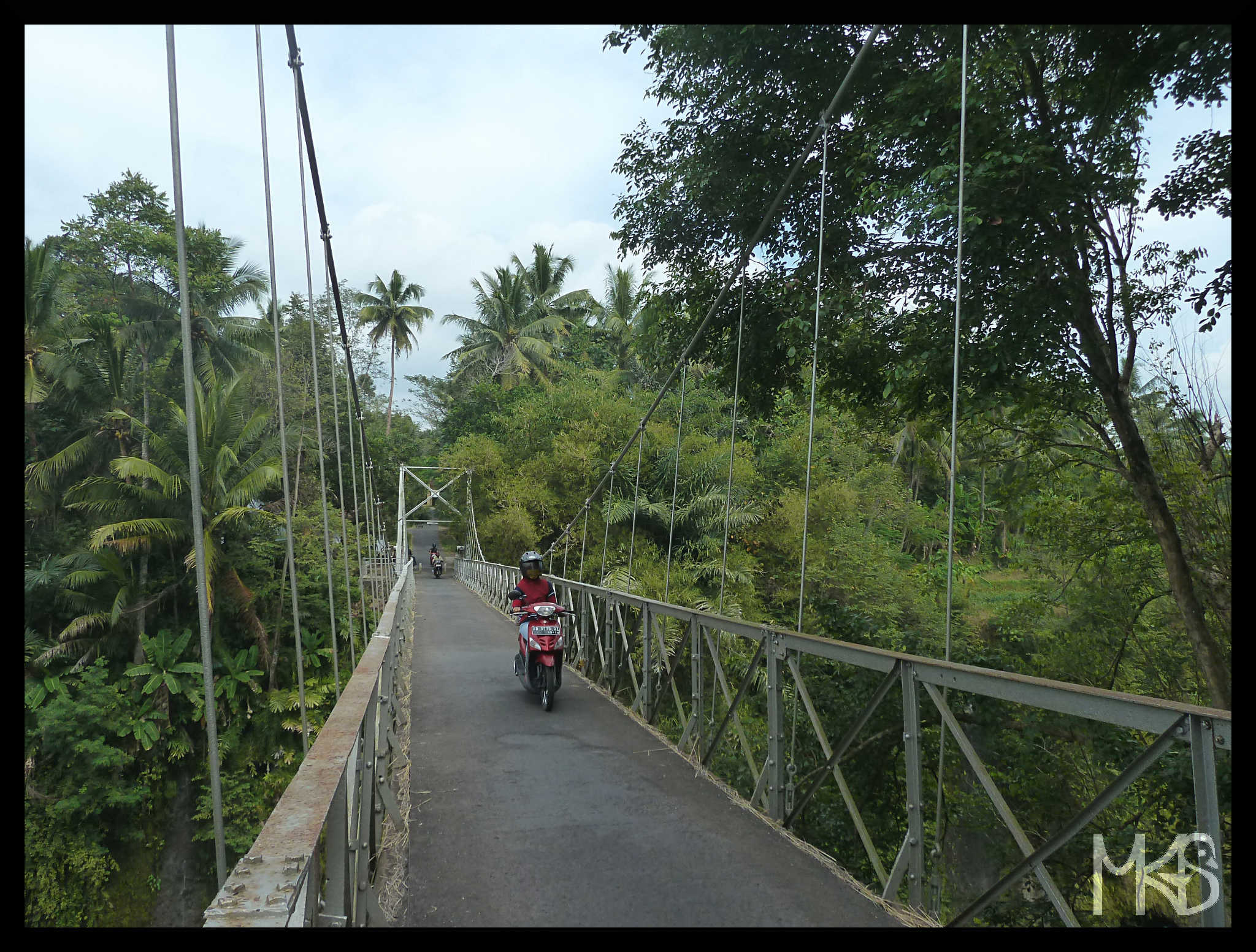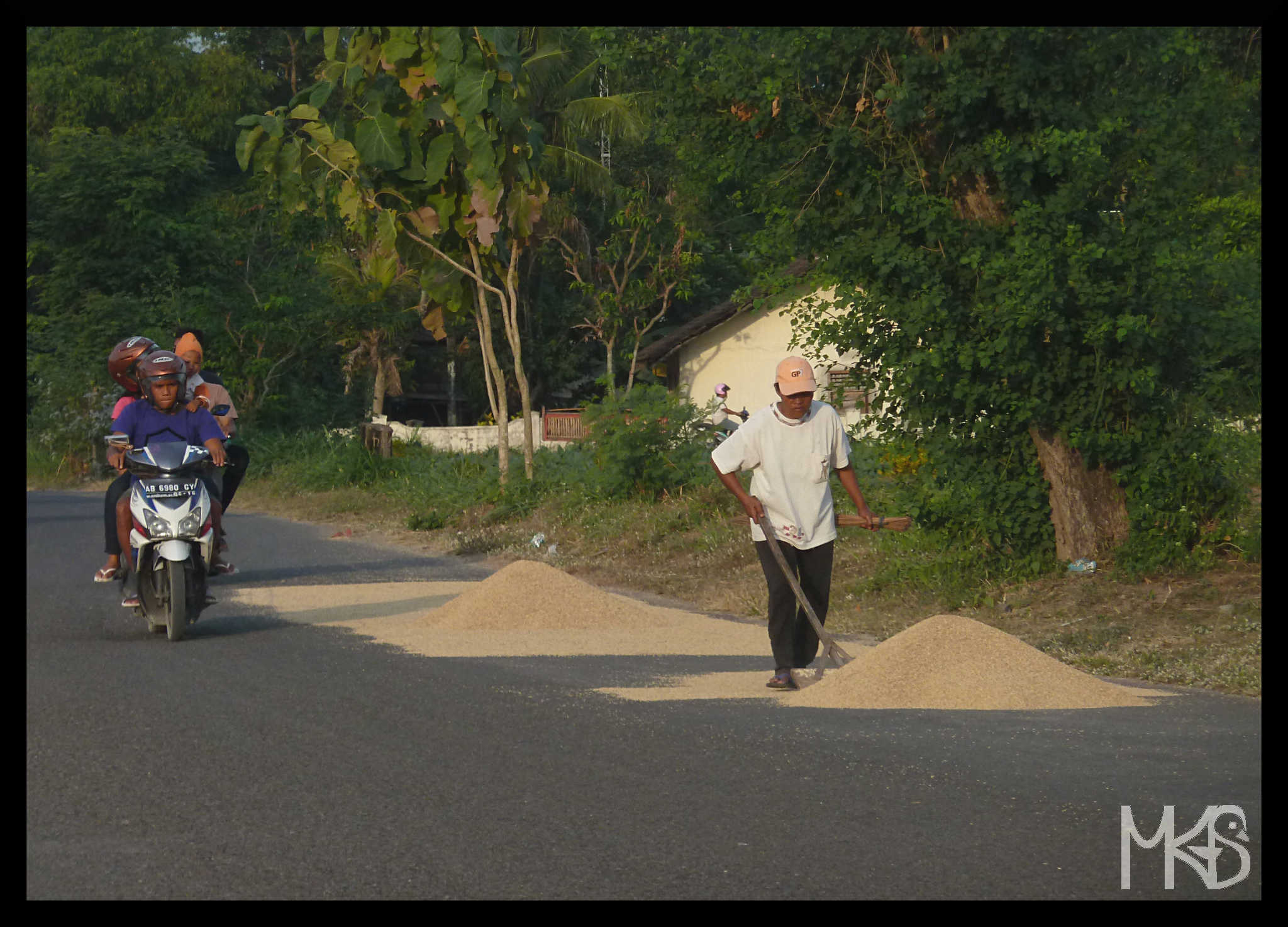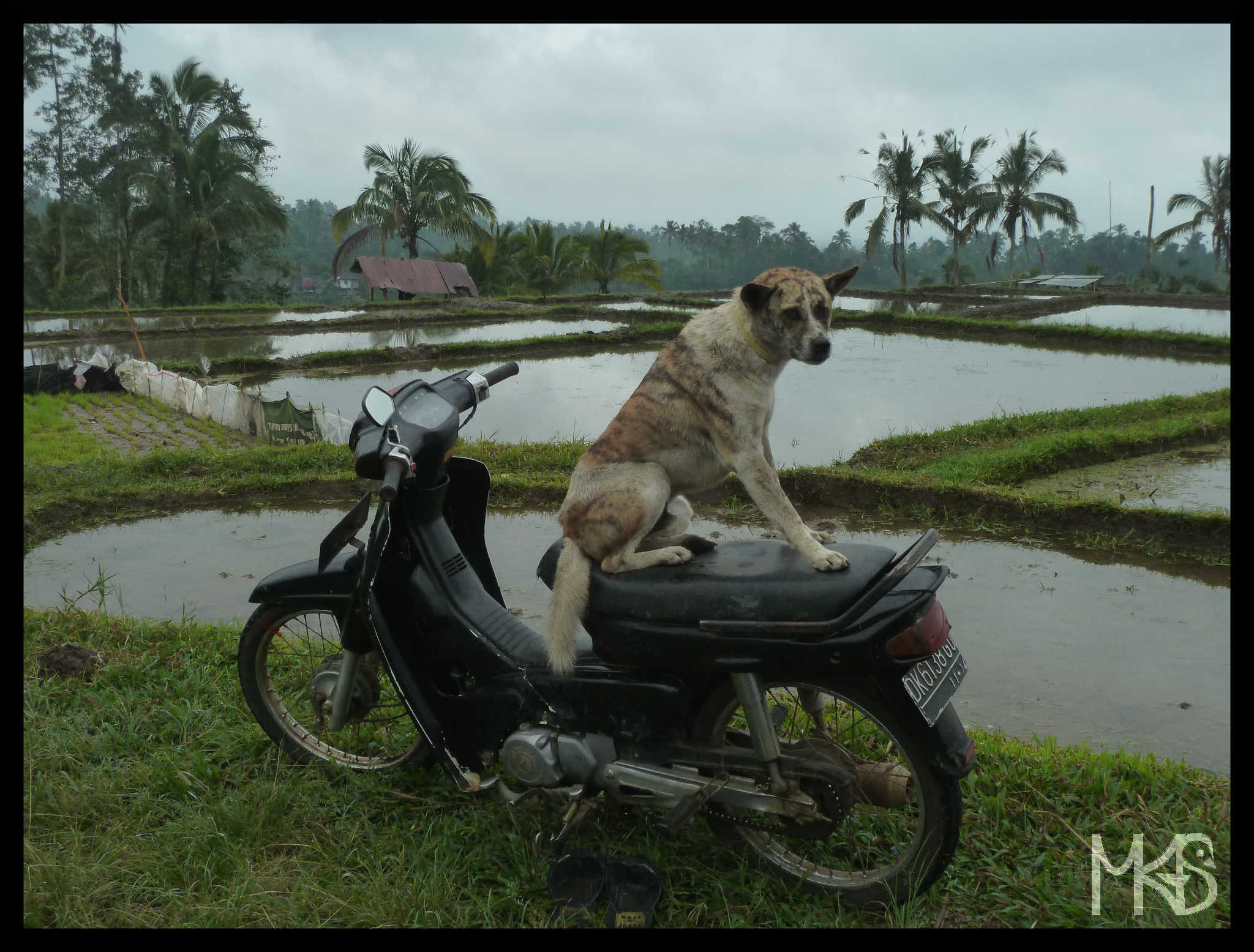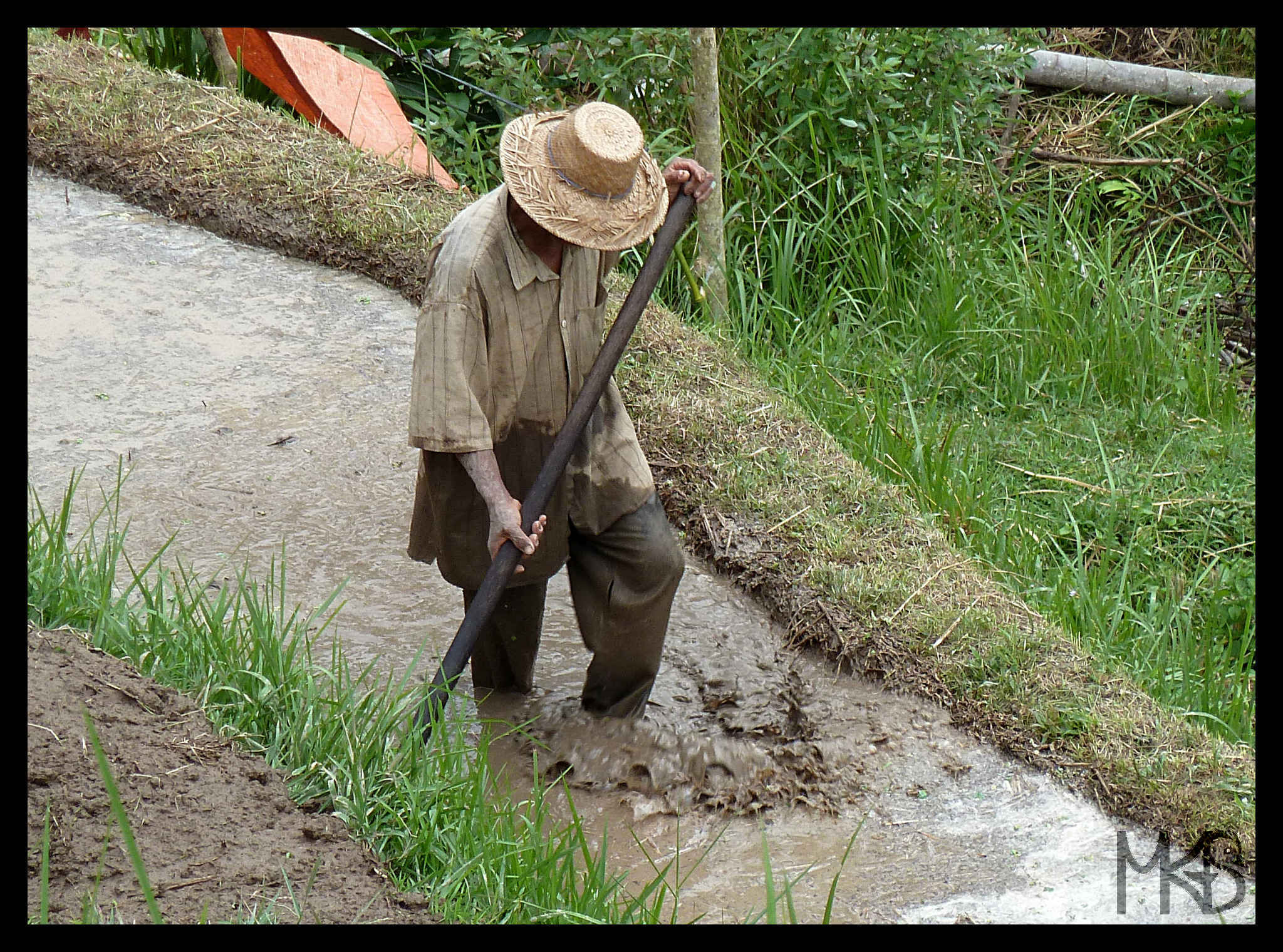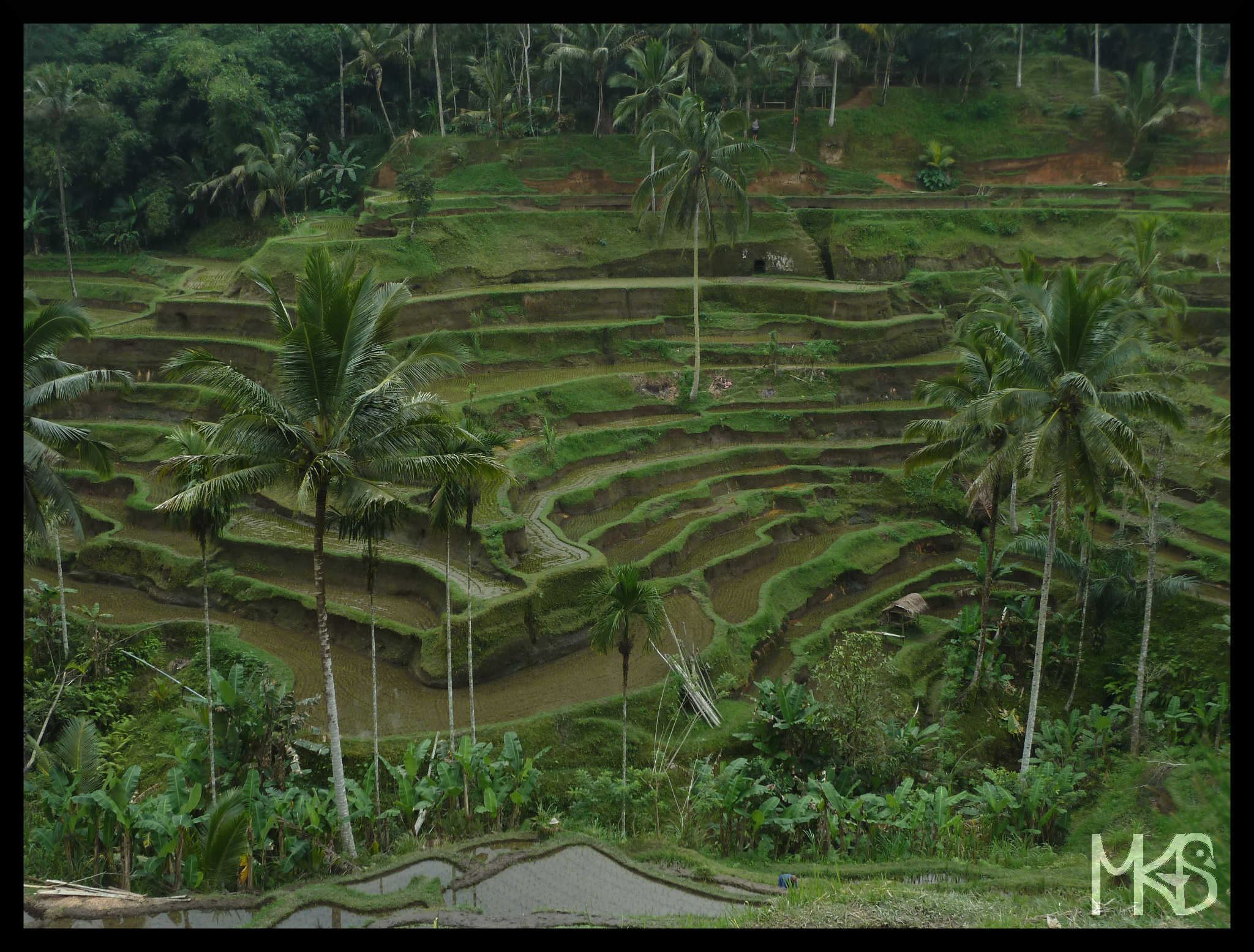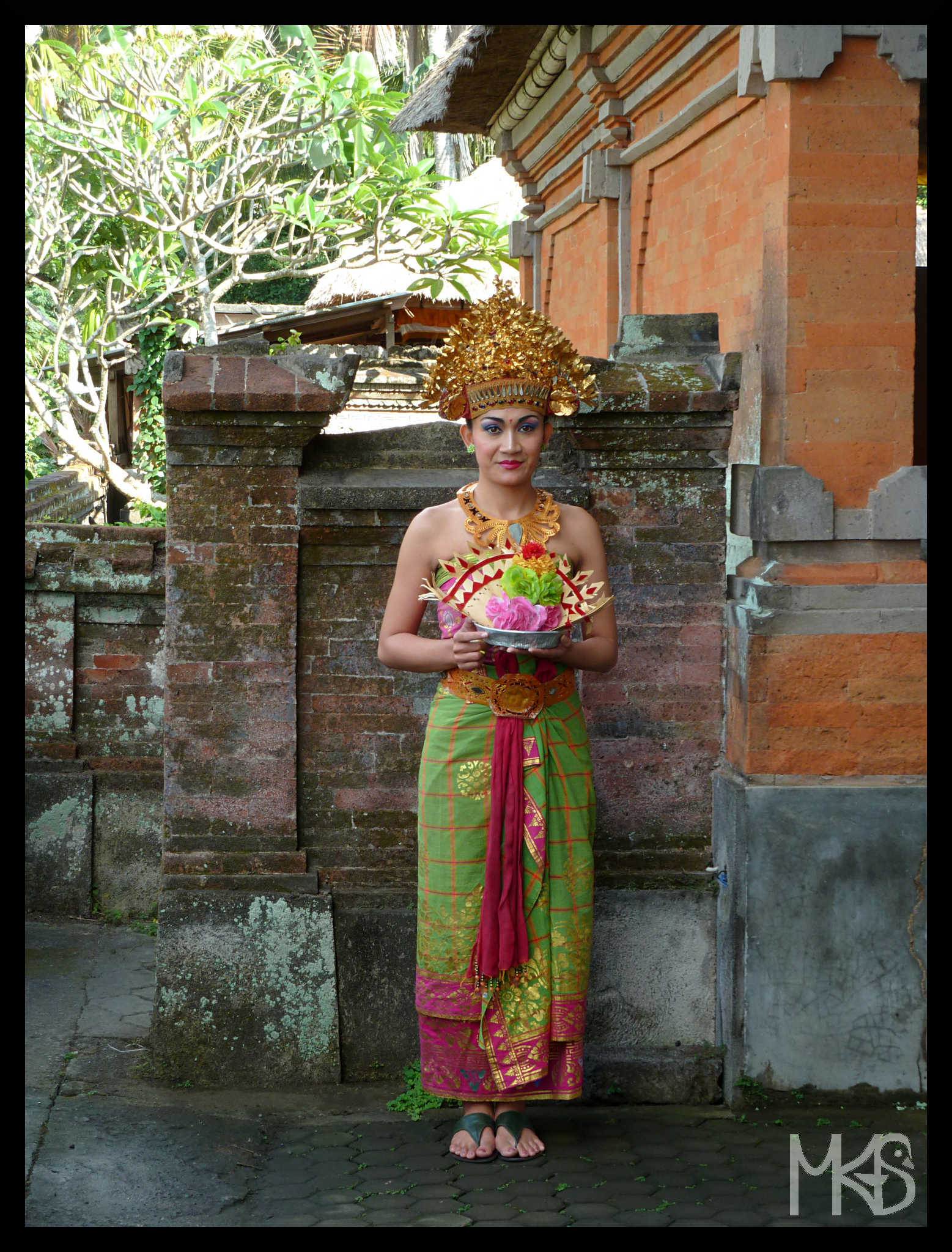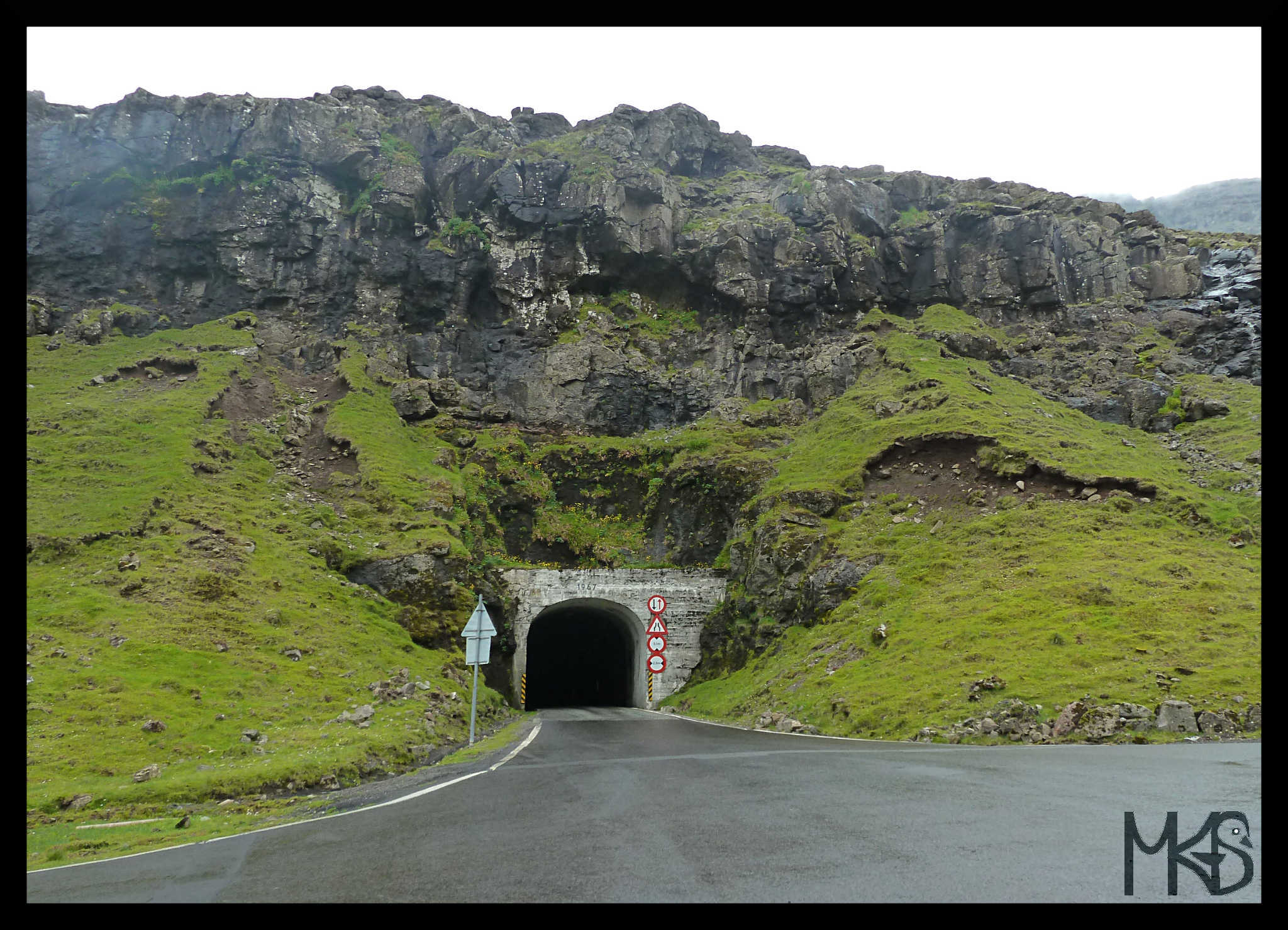
Some tunnels in the Faroe Islands are quite unique.
Well, there are modern “normal” tunnels with two lanes. But there are also some old tunnels that have only one lane! While driving inside these old tunnels always remember who has a priority. If it’s not you, and someone from the opposite direction is coming, you have to give a way, so you must stop in the turnout (they are about every 100 m in the old tunnels). In general while driving in the Faroes, you have to always keep the lights on, but when you’re giving a way to oncoming traffic in the old tunnel, you should turn your lights off!
__________________________________________________________
Niektóre tunele na Wsypach Owczych są dość specyficzne.
Oczywiście są też nowoczesne tunele z dwoma pasami, ale stare tunele maja tylko jeden pas ruchu – ten sam dla obu kierunków! Zawsze pamiętajcie w tych starych tunelach kto ma pierwszeństwo! Jeżeli nie Wy, to musicie ustąpić miejsca pojazdowi nadjeżdżającemu z przeciwka. W starych tunelach, co mniej więcej 100 m, są wysepki gdzie musicie się zatrzymać. Co więcej, na Wyspach Owczych należy mieć światła włączone cały czas, jednak gdy się zatrzymujecie w tunelu musicie światła wyłączyć!
